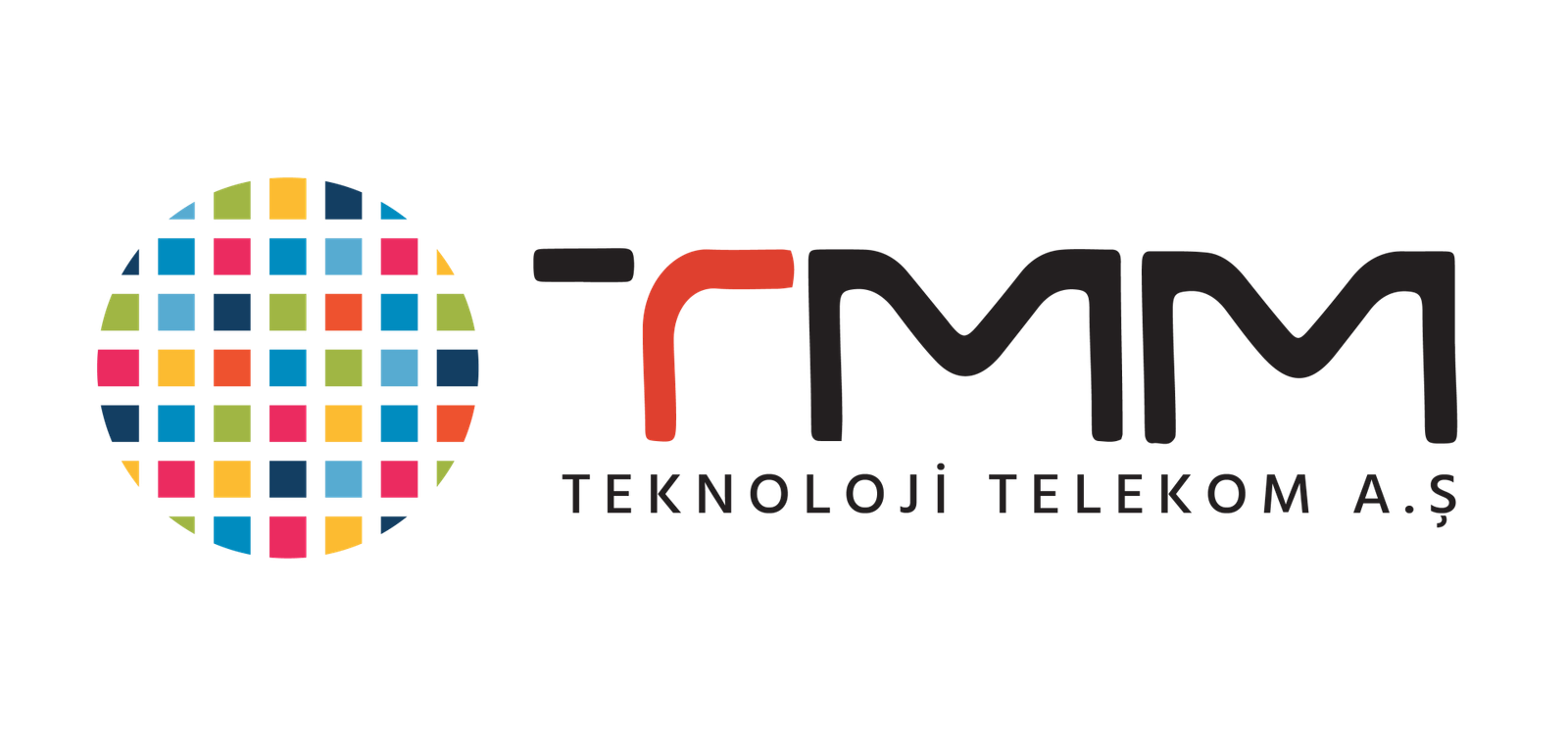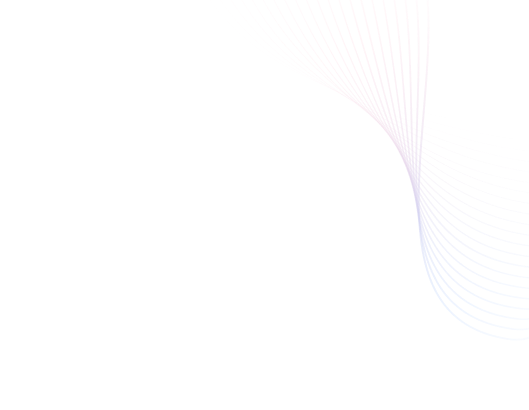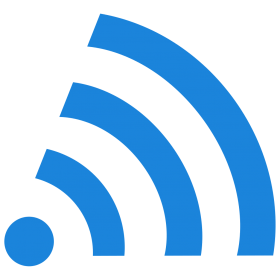Multimode fiber optic cables have a core diameter of 50 or 62.5 µm. They don't have as high bandwidth as single-mode cables, but they still have pretty high bandwidth. It is not ideal for those who want to run fiber optic cables over long distances; However, it is perfect for data centers and other locations where shorter cable runs are used. Outside of data centers, multimode fiber optic cables are most frequently used in LAN networks and medical applications. Both single-mode and multimode fibers can transmit 10G speeds. What matters here is distance. Multimode fiber optic cables can only support 300 to 400 meters. Single mode fiber optic cables can support lengths of up to 120 km. As a result, it can be said that; While multi-mode fibers are used in data center applications and short distance data transfers; Singlemode fibers are used for data transfer over long distances.
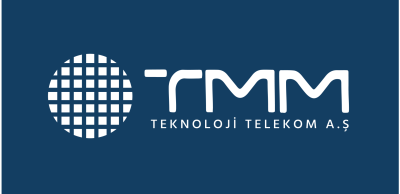
FutureGuide®-MM10G/300 Multi Mode Fiber

